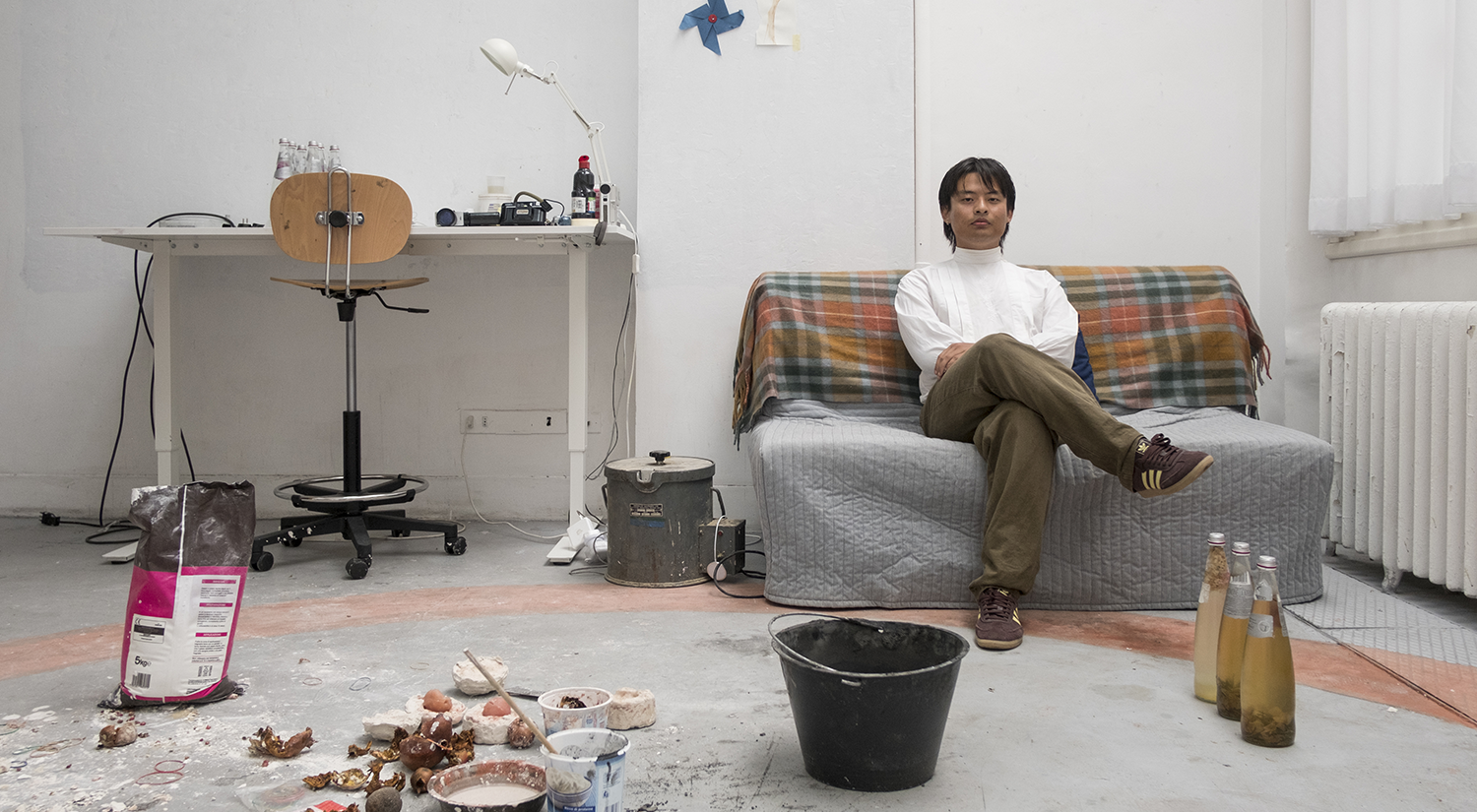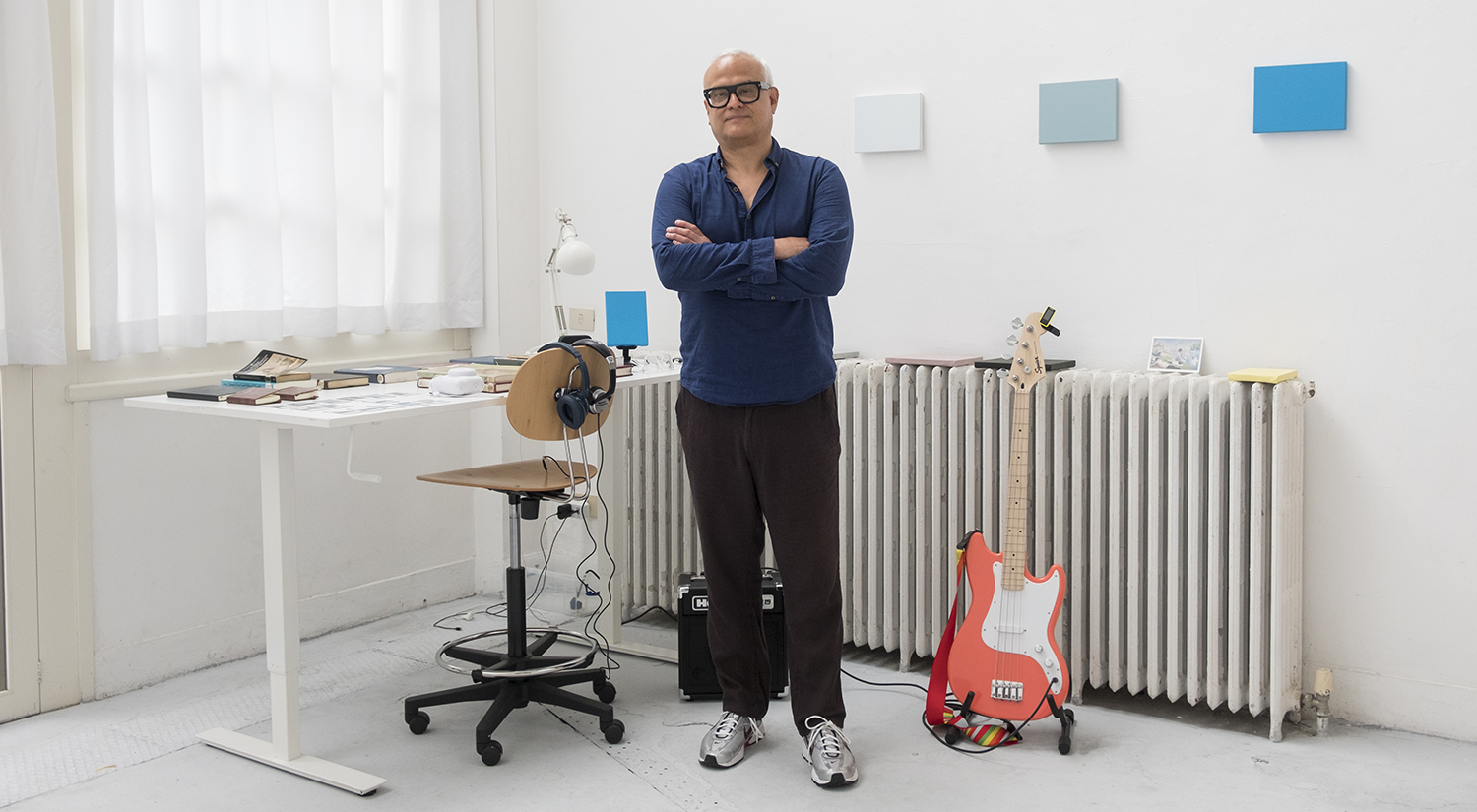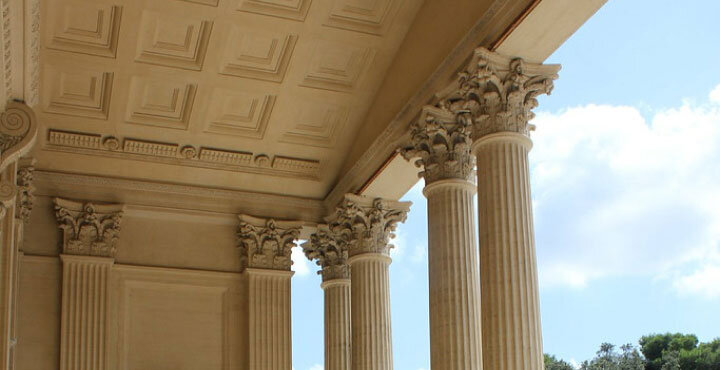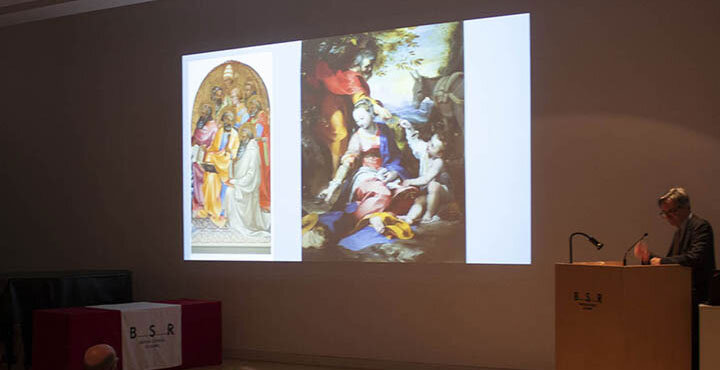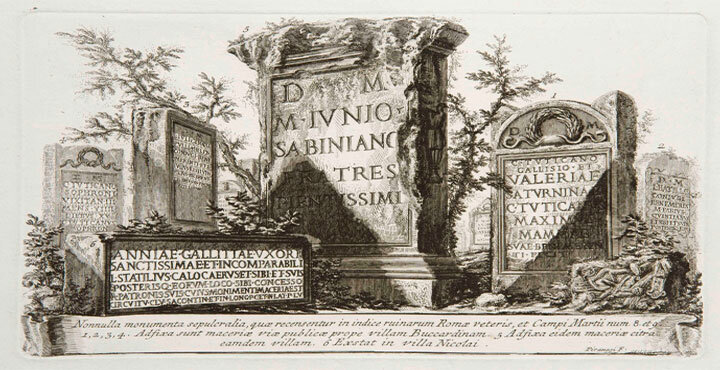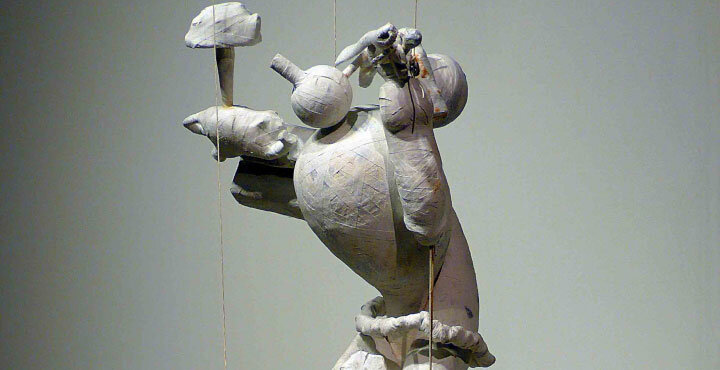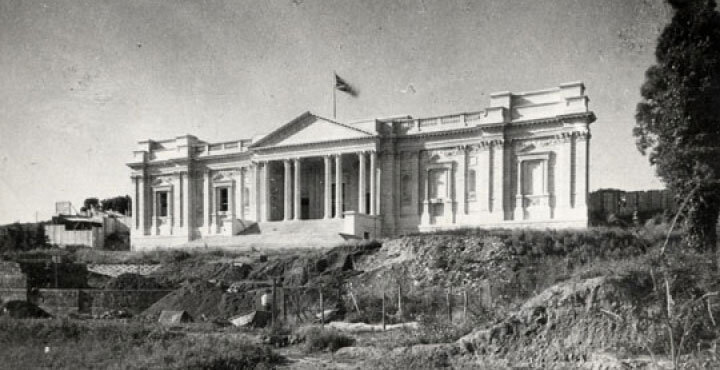Carherine Ferguson, Abbey Fellow, speaks about the work she has produced during her residency at the BSR ahead of the Spring Open Studios 2025.
I came to Rome with a title ‘Morandi and the Baroque’ for my research project. Both of these have been important and complex focal points for my practice over several years and the residency came just at a time when I needed to engage with what emerged as an apparent contradiction at the heart of my painting practice – on the one hand Morandi’s quiet, intimate and static paintings and on the other a sense of theatre, of movement and exuberance typical of the Baroque.



I began by exploring the city, collecting materials and useful things and then I prepared a number of plywood boards. I started painting and making collages. With time to play and wanting to work differently, I brought oil paints to Rome rather than the acrylic paints I usually use. I began by exploring the way oil paint behaves and how this material structures the imagination.

I also spent time in the Borghese Gardens painting with watercolours.

The more I work in my studio at the BSR the greater the distance from my London studio and my London mindset. Rome’s museums and galleries are numerous and rich in paintings, objects, artefacts and architecture – some which I knew about and set out to see and others, unfamiliar to me, instinctively caught my eye.





Despite everything I have seen and experienced outside of the studio (and it goes without saying that Rome is rich and wonderful beyond measure) the challenge of making something happen in the studio remains. I have not sought out a rationale for making paintings that consciously bring a Morandi/Baroque juxtaposition into play. It is in the opposite direction that such a synthesis might come about – through the activity of painting. I trust that this will happen along the way (and it is happening already) and perhaps that will only ever be a pictorial relationship that I will never be able to fully capture in writing.
The question of what painting is or what painting does in the world is a significant dimension of my practice and, typically, I explore specific paintings by copying images as well as through making more poetic and imaginative responses. Here in Rome, I made numerous false starts as I played with materials. Eventually I found that Morandi’s flower paintings gave me the space I needed to allow thoughts and feelings about space, of implication and absence and about the folding of inside and out, to inhere within my own painting process. I have been making translations of Morandi’s flower paintings using watercolour and oil paint through a very approximate form of repetition that is limited by technologies of reproduction. The real search is for rhythms and insights which cannot be seen or clearly identified but only felt in making a painting and in the creation of a very new and different fictive world.


The Abbey residency has given me the chance to have a new adventure, not just in Rome but in my painting life. There are ideas about my research topic that are in formation and that I know that I won’t have time to fully explore in the weeks I have left here. But these thoughts, memories and inklings will sustain my practice into the future, far beyond the residency itself.


